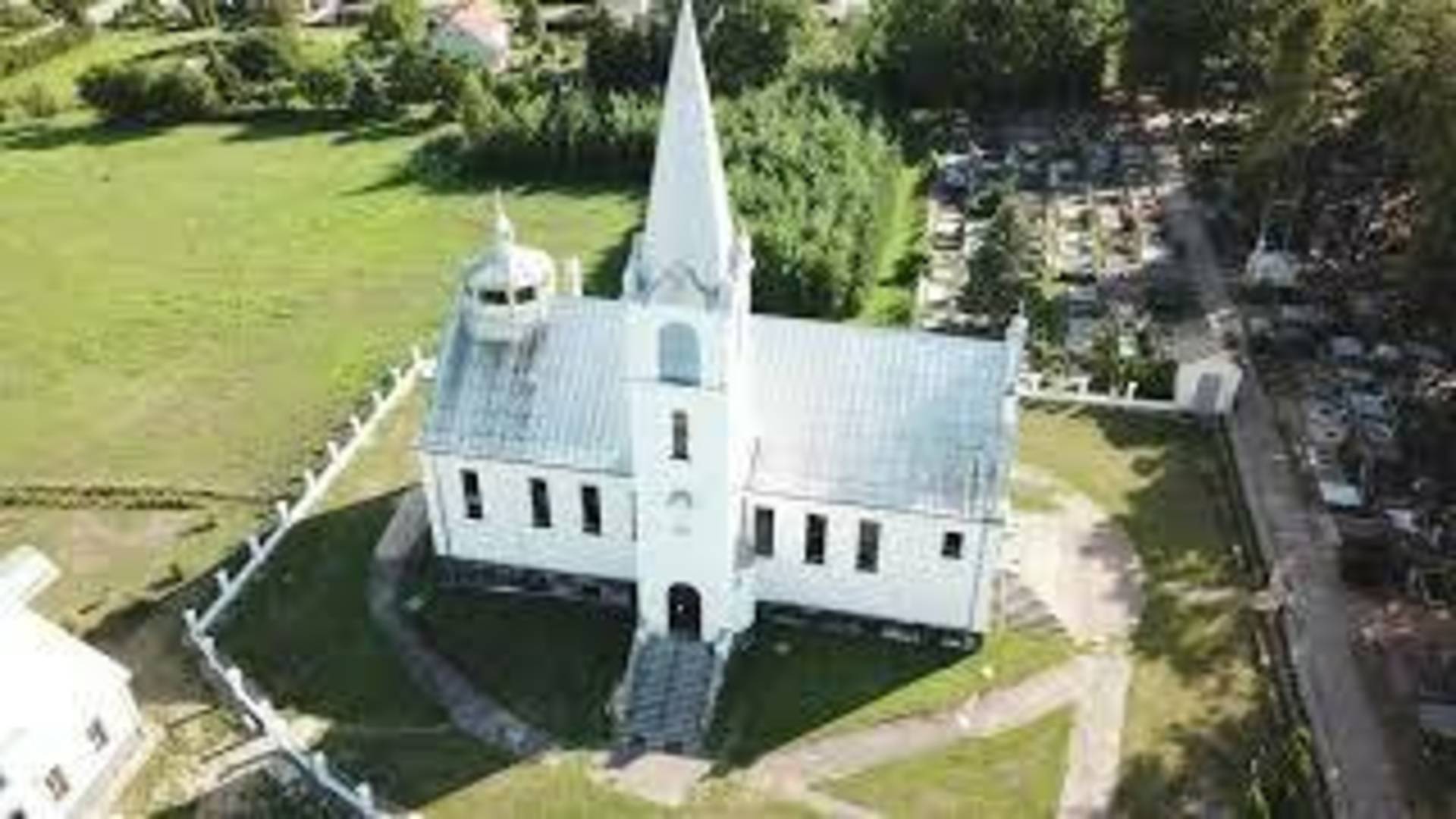The village of Išlaužas was first mentioned in 1744 in the "Synodus… Vilnensis" documents, where it was assigned to the Prienai parish. At that time, the parish covered the area from the Nemunas to the Šešupė River, comprising only 33 villages. The village began to grow rapidly after the establishment of the Tyszkiewicz estate. By 1926, Išlaužas managed 340 hectares of land, which was overseen by Mykolas Gustaitis under leasehold. The land reform further expanded the village by distributing land to the peasants. In 1882, Išlaužas had 104 residents, and by 1923, the population had grown to 179.
As the population rapidly increased, the need to establish a parish arose. Father Vytautas Gurevičius, the parish priest of Išlaužas, took on this task. The parish was allocated 8 hectares of land with buildings at the center of the estate. The parishioners were required to pay 40,000 litas, but after a partial
payment, the remaining debt was written off by the authorities. Father Gurevičius, with the help of parishioners, dedicated his funds and time to the construction of the church. The church was built on the site of the former manor house, with part of the buildings being demolished. The structure was expanded, and a tower was added, transforming the church into a three-nave building with pillars and vaults.
Despite difficulties, through the efforts of the priest and the community, the Church of the Blessed Virgin Mary, Help of Christians was completed in 1933. Additionally, Father Gurevičius fenced the churchyard with a beautiful fence and converted the manor buildings into a rectory, servants' house, and parish hall. These projects required considerable expenses, often leading Father Gurevičius to live modestly. In 1936, the Išlaužas parish belonged to the Prienai Deanery and comprised 1,600 Catholics.





 Entertainment
Entertainment
 Food establishments
Food establishments





























 54.736459, 23.923875
54.736459, 23.923875
 Get directions
Get directions









